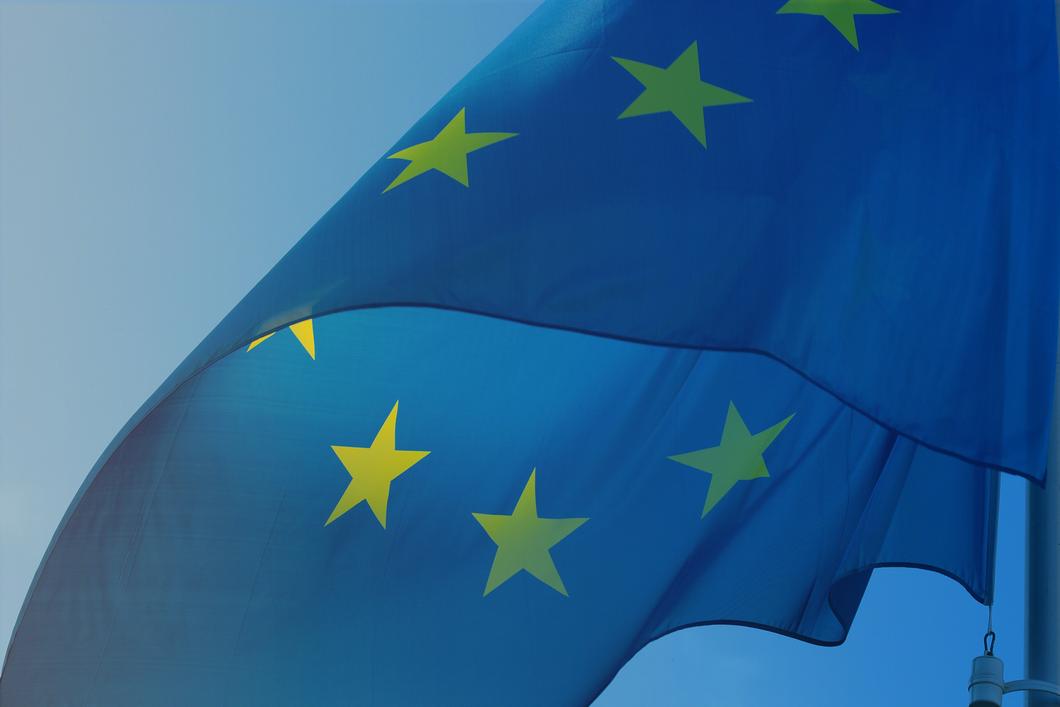Beneficial ownership registers in the EU member states

What impact will the 5AMLD have on the Beneficial Owner Registers?
Under the 4th Anti-Money Laundering Directive of the European Union of 20th May 2015 (4AMLD), all EU Member States became obliged to introduce legislation ensuring the implementation of a national central register of Beneficial Owners of corporate entities, trusts, foundations and other legal arrangements similar to trusts as a part of the fight against money laundering and terrorist financing, while at the same time taking data protection concerns into account. The introduction of the Beneficial Ownership Registers among the EU Member States through the the 4AMLD had not even been properly implemented by all Member States before the updates came last year with the 5th Anti Money Laundering Directive of 30th May 2018 (5AMLD). But what impact will the 5AMLD have on the Beneficial Owner Registers?
4AMLD – The introduction of Beneficial Owner Registers
The deadline for all EU Member States to incorporate legislation of the implementation of a Beneficial Owner Register in accordance with the 4AMLD was 26th of June 2017. Many of the Member States did not manage to implement such legislation in a timely manner, nor keeping to the deadline for introducing the Beneficial Owner Register.
We have seen that the national legislation generally follows the definitions of a Beneficial Owner as set out in the 4AMLD rather closely – e.g. more than 25% direct or indirect ownership in a corporate entity, or in case of a trust, the settlor, trustee, protector and beneficiaries as well as any other natural person exercising ultimate control.
One thing however that has been subject to much discussion is who should have access to the registers. The 4AMLD sets out that the information shall in all cases be accessible to the relevant authorities, financial intelligence units (FIUs), banks etc. and any person or organisation that can demonstrate a legitimate interest. The latter category may access at least the name, the month and year of birth, the nationality and the country of residence of the Beneficial Owner as well as the nature and extent of the beneficial interest held.
The national legislation may allow for a wider access than the directive does. Some member countries have decided to make the information publicly available. Member States may also provide for exemption to access of information on a case-by-case basis where such access can expose a Beneficial Owner to the risk of fraud, kidnapping, blackmail, violence of intimidation, or where a Beneficial Owner is a minor or otherwise incapable.
5AMLD – Widening of the scope and accessibility
The amendment to the 4AMLD in form of the 5AMLD that entered into force on 9th of July 2018 attempts to, among other things, further close loopholes and extend the scope of the rules. Member States shall implement the new rules into national legislation by 10th January 2020.
Beneficial Owner Registers for legal entities such as companies shall become public, in order to enhance public scrutiny and contribute to the misuse of legal entities for money laundering and terrorist financing. The actual information available for the public shall at least consist of the Beneficial Owners name, month and year of birth, country of residence and nationality, as well as nature and extent of the beneficial interest held.
Access to data on Beneficial Owners also of trusts shall become accessible to competent authorities, FIUs, banks etc., and to other persons who can demonstrate a legitimate interest. Furthermore, information about a trust that is a Beneficial Owner of a company can be requested in writing.
Similarly to the 4AMLD, the 5AMLD sets out that Member States may both opt for a wider scope, and provide for exemptions to the disclosure through the registers of Beneficial Ownership information and to access such information, in exceptional circumstances, where that information would expose the Beneficial Owner to a disproportionate risk of fraud, kidnapping, blackmail, extortion, harassment, violence or intimidation.
Another completely new feature to the 5AMLD is that parts of the Member States national Beneficial Owner Registers shall become directly interconnected with each other. Once the interconnection of Member States Beneficial Ownership registers is in place, both national and cross-border access to each Member State’s register should be granted based on the definition of legitimate interest of the Member State.
How will 5AMLD affect us?
In essence, the major difference from the 4AMLD to the 5AMLD is not the design of the Beneficial Owner Registers or its reach so much as the accessibility both with regard to the public and now also between the Member States.
The initial reactions were mainly focused on the fact that it becomes mandatory to keep the registers publicly available. In this context it is worth to mention that ‘publicly available’ generally means that one can access a closed search database subject to registration or other type of authorisation and possibly a fee, and even then there are restrictions as to how one can search and access information. Several of the Member States already allow for this public access, and we have heard surprisingly little about it, which could indicate that most people are not experiencing any particular discomfort as a result of being recorded in the register, that they are getting used to an increasingly transparent society and see the positive aspects thereof, or at least accept it.
Another hot topic, as far as access to beneficial owner information of trusts and similar arrangements is concerned, has been what actually constitutes a ‘legitimate interest’ to take part of such information. According to 5MALD, it is up to each Member State to define what legitimate interest may be, and how it can be controlled. It is however mentioned that the definition should not restrict the concept of legitimate interest to cases of pending administrative or legal proceeding, and it is suggested that e.g. investigative journalists and NGOs working in the field of preventing and monitor money laundering and terrorist financial should be included in the definition.
What however might be the most interesting question of them all is to see is how and to what extent the Member States will cooperate regarding the interconnected information, and how they will pair it with financial and other information reported under CRS and later under the mandatory automatic exchange of information in relation to reportable cross-border arrangements . This potentially has a far bigger impact for clients with cross-border structures as it gives the authorities yet one more tool to control the financial interests of its citizens.
Well, it remains yet to be seen how the implementation will proceed in and between the Member States – as well as when it will. We will monitor the topic with great interest.
If you have thoughts or questions on the subject, please do not hesitate to contact us at

